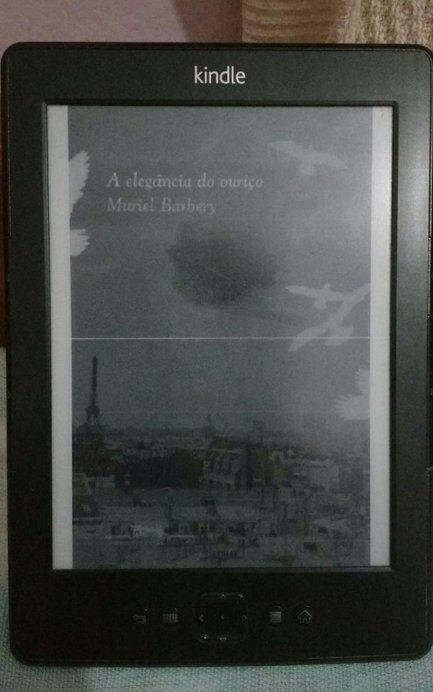Hello, everyone! In summer you can usually find me curled up on the weekends, re-reading a book for the fourth or fifth time. This summer is no different and I’ve returned to one of my favorite authors, Lisa See, a Chinese-American author whose novels Peony in Love and Snow Flower and the Secret Fan reveal the lives of Chinese women during the 17th and 19th centuries, when they were cloistered in compounds, isolated and uneducated, and restricted by the morals of a strict, repressive Confucian society. See’s Shanghai Girls series jumps forward into the 20th century, yet still focuses on the lives and relationships of Chinese women as they move from China to the United States and back again. Although the protagonists Pearl, May and Joy may live in a more modern world than their peers in See’s other novels, See’s key theme remains the same: in a culture in which women are restricted in thought, behavior, and expression, the most important link between women can be faith in a shared secret life.
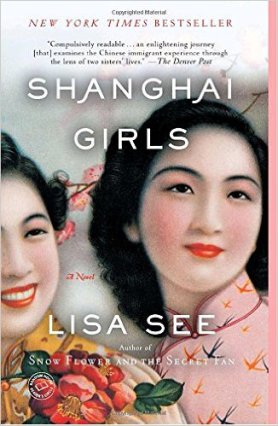
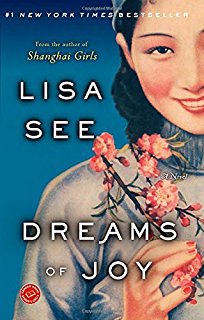
Synopsis: Pearl and May Chin come of age in Shanghai, the Paris of Asia, during the 1930s. Accustomed to a life of luxury as “Beautiful Girls”, or advertisement models, their lives are forever changed when their father marries them off to the sons of an overseas Chinese- American businessman. Desperate to escape their fates, the Chin sisters try to outwit their father, but the Japanese invasion forces them to flee to the United States, where over the next 20 years they learn to reconcile their Chinese attitudes with a country that is hesitant to accept them. In Dreams of Joy, Pearl follows her daughter Joy back to 1950s China, now under Mao’s Communist regime. Independent, stubborn, and determined to escape her past in America, Joy dives headfirst into Communist life, only to realize that Mao’s regime is not the perfect haven that she imagined. To save her, Pearl must use her mother-love and May’s help to save her daughter from a life she fought 20 years ago to escape.
My take: Lisa See has a talent for bringing China to life in vivid, almost overwhelming detail. Her descriptions of 1937 Shanghai are transporting; she awakens every one of the reader’s five senses in a way that makes you think you’re there, or at least, she had to be. But she doesn’t sugarcoat the city, or any part of Chinese or American culture. She mentions the jewel-bright Shanghai nightclubs in the same paragraph that she mentions the dead babies that clog the streets. When the Chin sisters reach the United States, See makes sure to depict it as a place as inviting as it is alienating, modern, yet backward, accepting yet incredibly prejudiced. Her descriptions never get overlong, nor does she ever ramble into purple prose. They’re crisp, yet illustrative, and god, the way she describes the food makes it almost impossible to read these two books without finding something to munch on.
Her novels are plot-heavy, but the way See captures the lives of her protagonists is often uneven. She spends a whole chapter on some events, barely a sentence on entire months that pass in their lives. The first novel Shanghai Girls covers almost 20 years in which the fortunes of the Chins sisters fall and rise and fall again; Dreams of Joy covers a smaller scope, about five years, but still the pace at which years of these characters lives go by can be jolting. The effect of this unevenness is that some tragedies in the book are compelling, while the rest pass by. Lisa See loves her tragedies, at while at times she can be melodramatic, after reading her the two Shanghai Girls novels, I’m starting to see more elements of realism. She’s adept at showing how life is like a river and that the death of family members are like rocks that momentarily impede the rushing water.
 The author
The author
See is uneven with pacing and she’s equally uneven with characterization. Her protagonists, always women, are always fleshed out. We know their thoughts, their desires, the secrets, their fears, all in beautiful detail. And even though See switches between Pearl and Joy’s perspectives in Dreams of Joy, she gives both characters their unique voices so that they never seem too similar. Her one problem is giving adequate development to secondary characters, especially male characters. As much as I love reading a book told solely from the perspective of women, it becomes difficult to comprehend the actions of some of See’s male characters when I don’t get a deep enough look into their inner selves. Some of the actions of Pearl’s husband Sam and her father-in-law Old Man Louie in Shanghai Girls, as well as the actions of the artist Z.G, the peasant Tao, and the professor Dun in Dreams of Joy are difficult to understand because these character’s personalities are too underwritten. There’s no need to foreground the men’s lives over those of the female protagonists, but a little more insight would go a long way into bolstering their characters when they make life-altering decisions.
Besides those two faults, Shanghai Girls and Dreams of Joy are wonderful novels to read, and even better, they’re fascinating period pieces as well. Very little is taught about the Japanese invasion of China outside of the Rape of Nanking, and all we learn in school about Communist China was how it failed. See goes beyond that, exploring the reasons of how and why a Communist regime could come to be in China, delving into the divide between the Japanese and Chinese (necessary when many Americans can’t even tell the difference between the two nationalities), and giving a voice to the experiences of Chinese peasants whose suffering went unheard during Mao’s Great Leap Forward. By taking an honest look at the regime, first through the young eyes of 18 year old Joy, who only looks to see good, and then Pearl, who only sees evil, See shows the flaws and even the strengths of Mao’s Communist regime. She presents the history very frankly, with little judgment. Much of it is disturbing and all of it is informative. See expertly knows how to weave a fictional narrative into a history without a stitch seeming out of place.
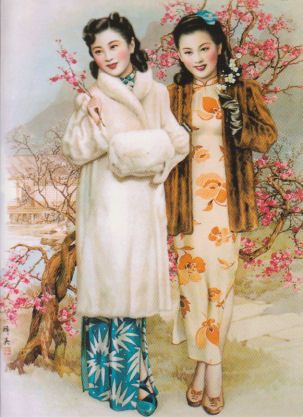 A “Beautiful Girl” ad like the ones mentioned in Shanghai Girls
A “Beautiful Girl” ad like the ones mentioned in Shanghai Girls
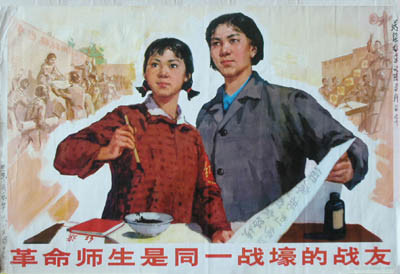 The new “Beautiful Girls” in a communist propaganda poster
The new “Beautiful Girls” in a communist propaganda poster
See has traveled back and forth through history in her novels, but one theme always remains the same, that of mother love, and all the complexities that come with it. In Snow Flower and the Secret Fan, mother love is described as teng ai, Chinese characters that mean pain and love. In the Shanghai Girls series, See expands on the toughness of mother love to three other equally complex types of love: ai kuo, love of country, ai jen, romantic love, and kung ai, all encompassing love. To Westerners, we have patriotism, we have adoration, we have love. See manages to delineate between these types of love and also reveal that they are all part of the same emotion. Her characters are all searching for their purposes in life, but most importantly, they are searching to understand the differences between these types of love. And hey, to some that might sound corny. But to me it is powerful to read about mothers, daughters, and sisters who can understand the difference between the three. Try reading about that in one of your John Grisham novels.
Final Consensus: As individual novels, Shanghai Girls and Dreams of Joy are engrossing reads, full of eye-popping detail, beloved characters, and complex history. Together, these books tell a story of two lifetimes, from mother to daughter and from country to country. These books are graphic and tragic and sometimes frustrating to read, but they’re worth it. As a series, it’s a must read.






